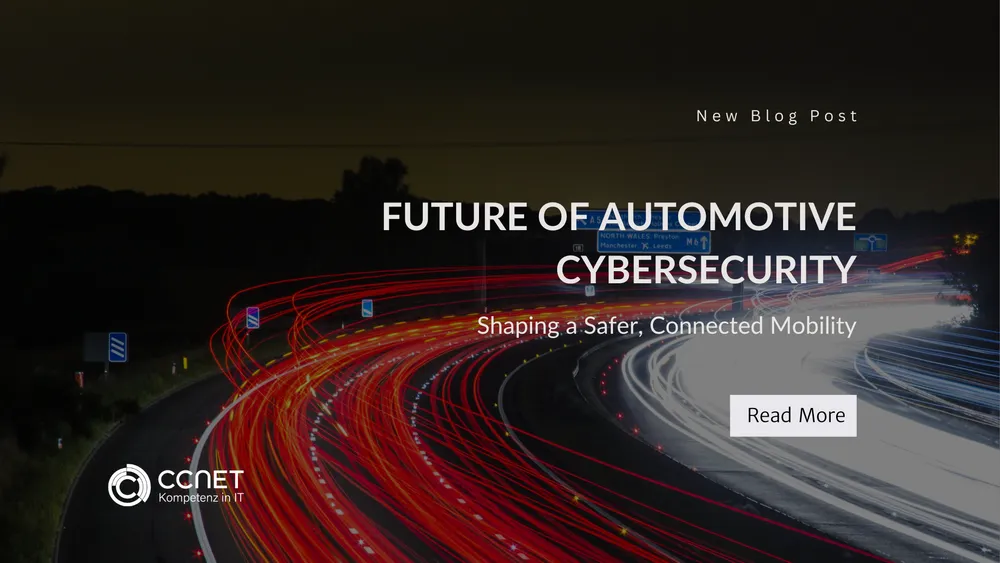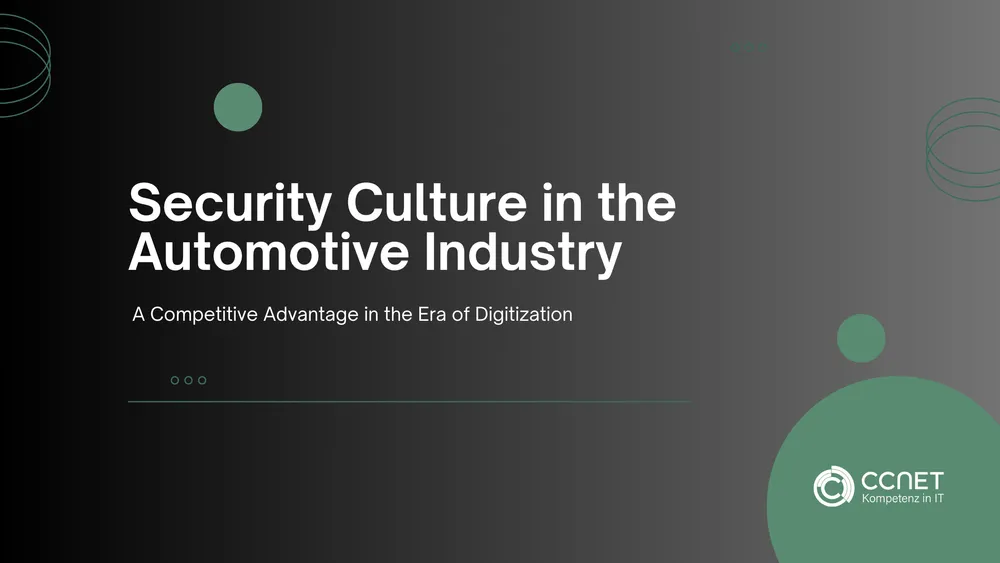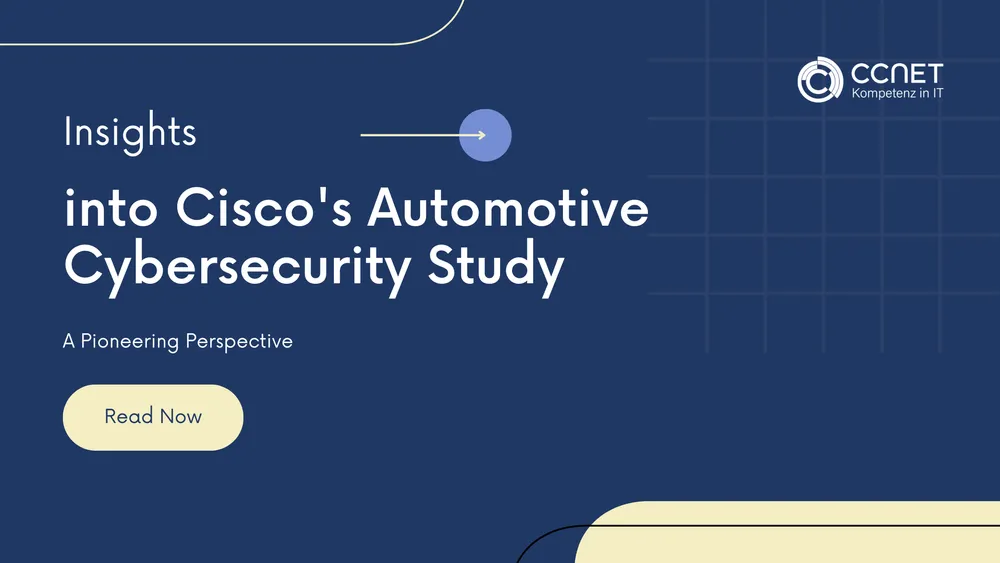
CCNet
Aug 12, 2024 • 2 min read

Networking presents risks and opportunities in the automotive industry.
The automotive industry finds itself amidst an unprecedented transformation, driven by the rapid development of technologies such as autonomous vehicles, electric mobility, and particularly connected vehicles. This evolution offers immense opportunities for efficiency, comfort, and personalized user experiences. However, with the increasing networking, risks also rise. Cyber threats have become a significant concern for manufacturers, vehicle owners, and the entire infrastructure. Cisco's Automotive Cybersecurity Study sheds much-needed light on this issue, emphasizing that industry, governments, and consumers must join forces to create robust security networks.
Cyber Threats in Transition
Cybersecurity in the automotive industry faces a dual challenge. On one hand, physical security aspects of vehicles must be ensured; on the other hand, these vehicles must be protected against virtual attacks ranging from data theft to seizing control of the vehicle. The networking of vehicles with external networks increases the attack surface for potential cyberattacks, jeopardizing users' personal data and vehicle operation safety.
Cross-Industry Collaboration as Key
Cisco's Automotive Cybersecurity Study emphasizes that no single organization alone can address the complex security challenges associated with the networking of vehicles. Cross-industry collaboration is essential to share knowledge, establish security standards, and develop solutions collaboratively. This collaboration should involve not only manufacturers and suppliers but also software companies, security experts, and regulatory authorities.
The Role of Governments and Regulatory Authorities
Governments and regulatory authorities play a crucial role in creating a secure framework for networking in the automotive industry. By setting security standards and promoting best practices, they can help integrate cybersecurity into the development process of connected vehicles from the outset. Moreover, through providing funding for research and development in cybersecurity, governments can drive innovation while enhancing security.
Consumers at the Center of Cybersecurity Strategies
Ultimately, it's the consumers who should benefit from the advantages of secure connected vehicles. Their requirements and concerns regarding privacy and security must be at the forefront of cybersecurity strategies. Education and transparency regarding the implemented security measures can strengthen consumers' trust in the new technologies and foster critical acceptance of digitization in the automotive industry.
Conclusion
Cisco's Automotive Cybersecurity Study makes it clear that networking in the automotive industry presents both risks and opportunities. Cybersecurity must be understood and addressed as a central component of the digital transformation. Through cross-industry collaboration, government support, and consideration of consumer needs, we can lay the foundation for a secure and innovative future of mobility. The automotive industry stands at the threshold of a new era where security and networking must go hand in hand to unleash the full potential of technology for the benefit of all.


